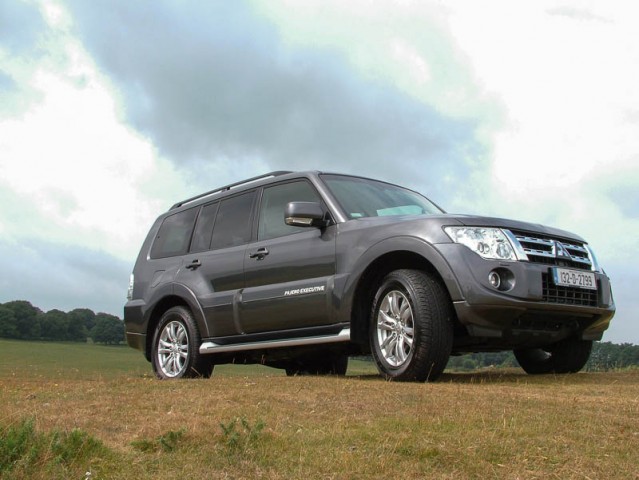Published on December 2, 2014
Mitsubishi Pajero Executive review
Mitsubishi's old-stager asks us if we'll still love it when it's 64.

Neil Briscoe
@neilmbriscoe
@neilmbriscoe













